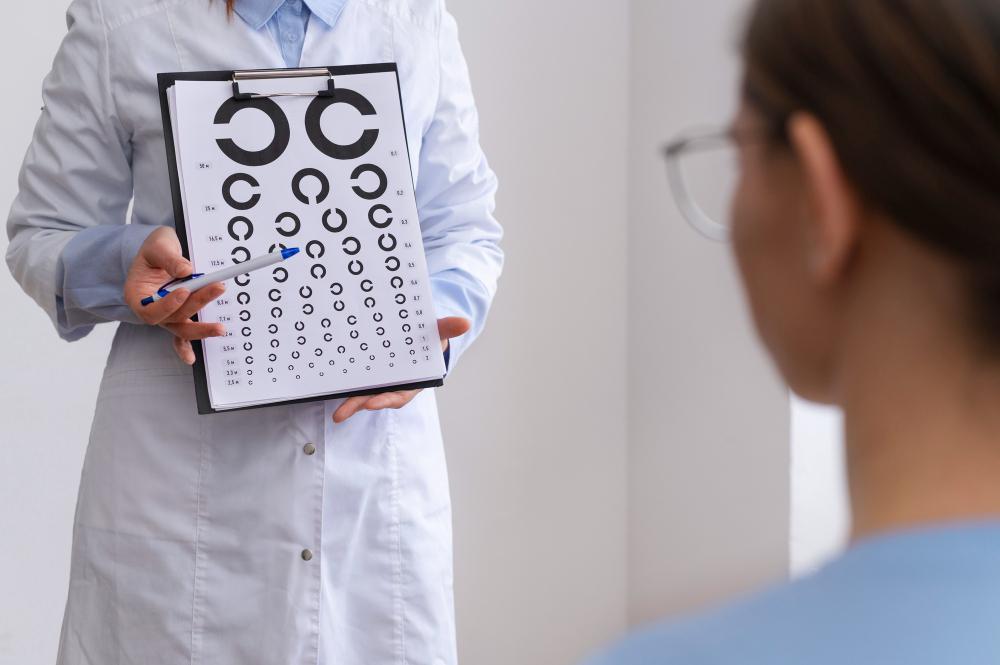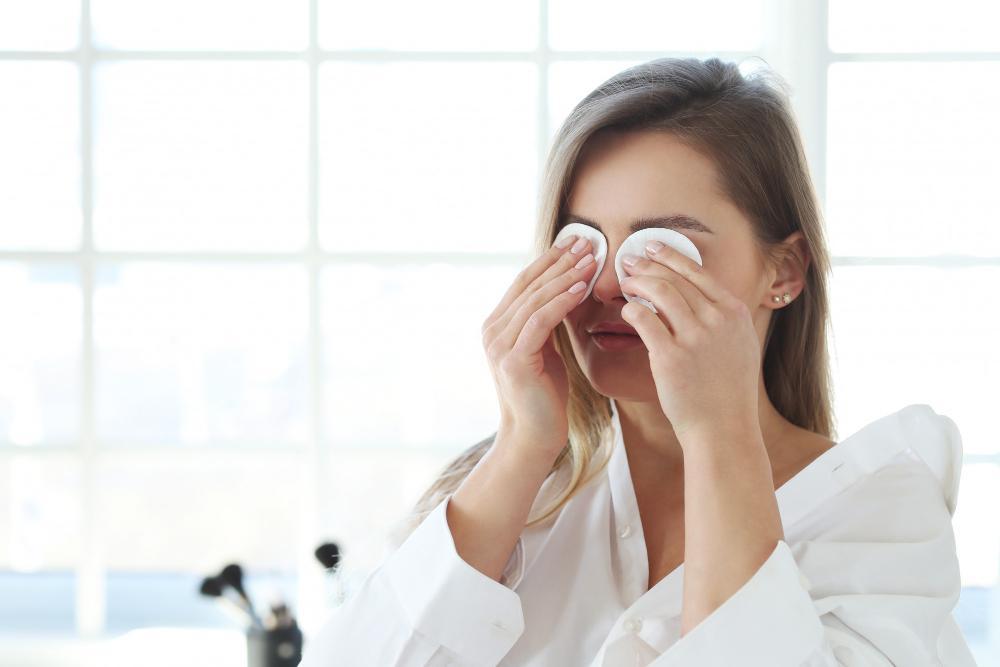Our homes, meant to be havens of comfort and safety, can be surprisingly hazardous when it comes to eye injuries. From chemical splashes and sharp objects to sports-related mishaps and unexpected encounters with household tools, our eyes are constantly at risk within the confines of our living spaces. Understanding the common causes of eye injuries at home, taking preventive measures, and knowing how to respond in an emergency is crucial to safeguarding your vision.
Common Household Eye Hazards
Eye injuries can occur in the blink of an eye, often when we least expect them. Recognising the potential hazards lurking in our homes is the first step in preventing such incidents. Here are some common culprits:
- Cleaning Products and Chemicals: Everyday cleaning products, such as bleach, oven cleaner, and drain cleaner, can cause severe chemical burns if they come into contact with your eyes. Even seemingly harmless substances like hairspray or perfume can irritate your eyes if sprayed too close.
- Sharp Objects: Knives, scissors, tools, nails, tacks, and even seemingly innocuous items like pens or pencils can cause corneal abrasions or more serious eye injuries if not handled carefully.
- Hot Liquids or Grease Splatter: Cooking mishaps commonly cause eye injuries at home. Hot oil, boiling water, or even splattering grease from a frying pan can cause painful burns to the eyes and surrounding skin.
- Yard Work: Gardening tools, lawnmowers, and other yard equipment can propel debris or projectiles at high speeds, posing a significant risk to your eyes.
- Cosmetics and Personal Care Products: Mascara wands, eyeliner pencils, and even hairspray can cause eye irritation or injury if used carelessly.
- Sports and Recreational Activities: Playing sports or engaging in recreational activities at home, such as badminton, basketball, or throwing a frisbee, can lead to eye injuries from accidental impact.
- Toys: Toys with sharp edges or projectiles, such as darts or toy guns, can also cause eye injuries, especially in children.
By being mindful of these potential hazards and taking appropriate precautions, you can reduce your risk of experiencing an eye injury at home.
Preventive Measures
Preventing eye injuries at home requires a proactive approach and a commitment to creating a safe environment for yourself and your loved ones. Here’s what you can do to prevent them:
- Safe Storage: Store hazardous chemicals, sharp objects, and tools securely out of reach of children. Use childproof latches and locks on cabinets and drawers where these items are kept.
- Protective Eyewear: Wear safety glasses or goggles when engaging in activities that pose a risk of eye injury, such as DIY projects, yard work, or using power tools.
- Mindful Handling: Exercise caution when cooking or handling hot liquids. Use pot holders and oven mitts to prevent spills and splatters. Turn the pot handles inward to prevent accidental bumps.
- Careful Application: Be mindful when applying makeup or using eye drops. Avoid applying eyeliner or mascara while in a moving vehicle or when distracted.
- Sports Safety: Wear appropriate eye protection when playing sports or engaging in recreational activities at home. Depending on the activity, this may include goggles, face masks, or helmets with visors.
- Toy Safety: Choose age-appropriate toys for children and supervise play with projectiles or toys with sharp edges.
- Home Maintenance: To prevent falls and injuries, ensure adequate lighting throughout your home. Also, use non-slip mats in bathrooms and secure rugs to prevent tripping hazards.
- Regular Eye Exams: Schedule regular eye check-ups with an eye doctor in Singapore to detect any underlying eye conditions that may increase your risk of eye injury or complications.
By implementing these preventive measures alongside some eye care tips, you can reduce the risk of eye injuries at home and protect your vision.

First Aid for Eye Injuries
Despite our best efforts to prevent them, accidents can still happen. Knowing how to provide basic first aid for eye injuries can make a difference in minimising damage and promoting healing. Here’s a guide to handling common eye injuries at home:
- Chemical Splashes: If a chemical splashes into your eye, immediately flush the eye with cool water for at least 15 minutes. Hold your eyelids open and gently rinse the eye from the inner corner outward to prevent the chemical from spreading. Do not rub your eye or attempt to neutralise the chemical with any other substance. Seek immediate medical attention, even if the irritation seems minor.
- Foreign Objects in the Eye: If a foreign object, such as dust, sand, or an eyelash, gets into your eye, avoid rubbing. Try to flush the object out with clean water or saline solution. If this doesn’t work, seek medical help. Do not attempt to remove the object yourself, as this could cause further damage.
- Cuts or Punctures: If you experience a cut or puncture to your eye, do not attempt to remove any embedded objects. Cover the eye with a clean cloth and seek immediate medical attention.
- Black Eye: A black eye, or periorbital hematoma, is bruising around the eye caused by trauma. Apply a cold compress to the area for 15-20 minutes at a time, several times a day, to reduce swelling and pain. If you experience vision changes or severe pain, seek medical attention.
Important Note: These first aid measures are for minor eye injuries only. If you experience a serious eye injury, such as a deep cut, chemical burn, or object embedded in the eye, seek immediate medical attention.
When to Seek Urgent Care
While some eye injuries can be managed at home with basic first aid, some require immediate medical attention. It’s advisable to recognise the red flags that signal a potentially serious eye injury and seek urgent care without delay.
Seek immediate medical attention if you experience any of the following:
- Deep cuts or punctures: Any cut or puncture penetrating the eye or eyelid requires immediate medical attention.
- Chemical burns: Chemical burns to the eye can cause severe damage and require specialised treatment.
- Objects embedded in the eye: Do not attempt to remove any object embedded in the eye. Seek immediate medical attention.
- Sudden vision loss or double vision: Any sudden change in vision, including blurred vision, double vision, or loss of vision, warrants immediate medical attention.
- Severe eye pain: If you experience severe eye pain that doesn’t improve with first aid measures, seek urgent care.
- Persistent redness or swelling: If redness or swelling persists or worsens despite first aid measures, seek medical attention.
- Any eye injury that doesn’t improve with first aid: If your eye injury doesn’t show signs of improvement within 24 hours of providing first aid, seek medical attention.
Remember, it’s always advisable to err on the side of caution when it comes to eye injuries. If you’re unsure whether your injury requires professional attention, don’t hesitate to contact an eye specialist clinic in Singapore or visit an emergency room. Early intervention can make a significant difference in preventing complications and preserving your vision.
At EyeWise Vision, our ophthalmologists are trained to handle various eye emergencies. If you experience an eye injury, don’t hesitate to contact our eye care clinic in Singapore for prompt and effective care.

